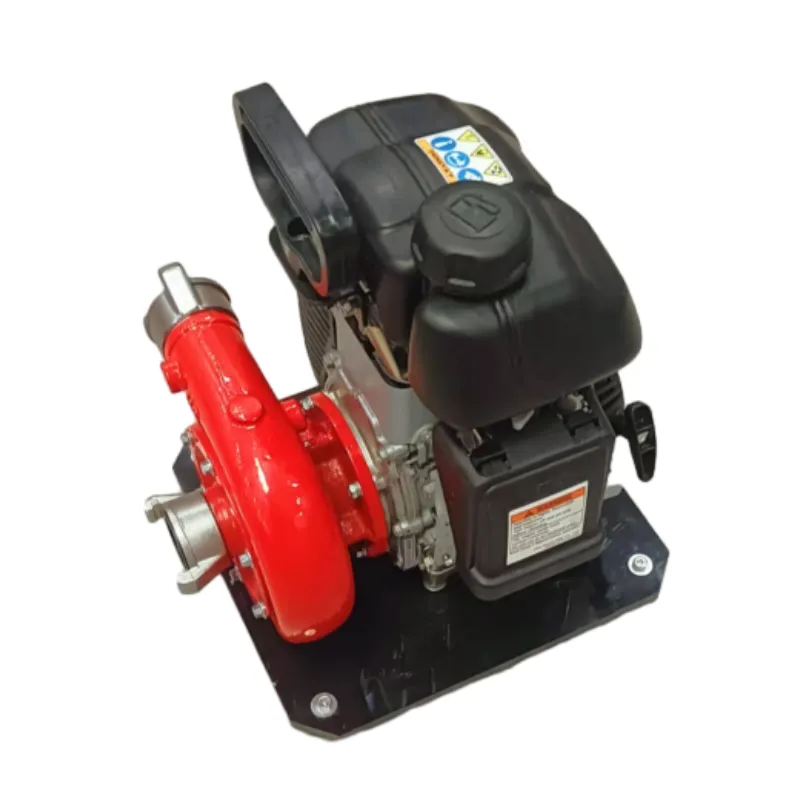

Installation costs, another component of the overall price, vary based on site-specific requirements. Complex installations may require customization or integration with existing systems, leading to increased labor costs. Opting for professional installation guarantees that the pump system functions optimally, thereby enhancing safety and equipment longevity. Additionally, any supplementary features, such as automatic control panels, corrosion-resistant materials, or advanced monitoring capabilities, contribute to the final price. These features offer improved functionality and resilience, equipping the system to address a variety of fire scenarios effectively. Evaluating after-sales service and availability of parts is another focal point for decision-making. Reliable service support and accessibility to genuine spare parts can significantly reduce future expenses related to emergency repairs or routine maintenance. Thus, the presence of responsive customer service and a well-distributed parts network holds value when considering the total cost of ownership. Moreover, buyers should recognize the implications of local market dynamics, including regional demand fluctuations and importation fees, which can affect prices. Navigating these factors strategically with the aid of local suppliers knowledgeable about specific market conditions can provide a competitive edge in securing optimal pricing. In conclusion, the price of a 900 LPM fire pump transcends mere cost calculation; it embodies an investment in safety, reliability, and compliance. By carefully balancing the upfront purchase price against operational costs, compliance benefits, and enhanced safety outcomes, buyers can achieve a robust firefighting solution apt for safeguarding life and property. Prioritizing these aspects not only secures peace of mind but establishes a foundation for cost-effective and advanced fire protection over the lifespan of the equipment.




























